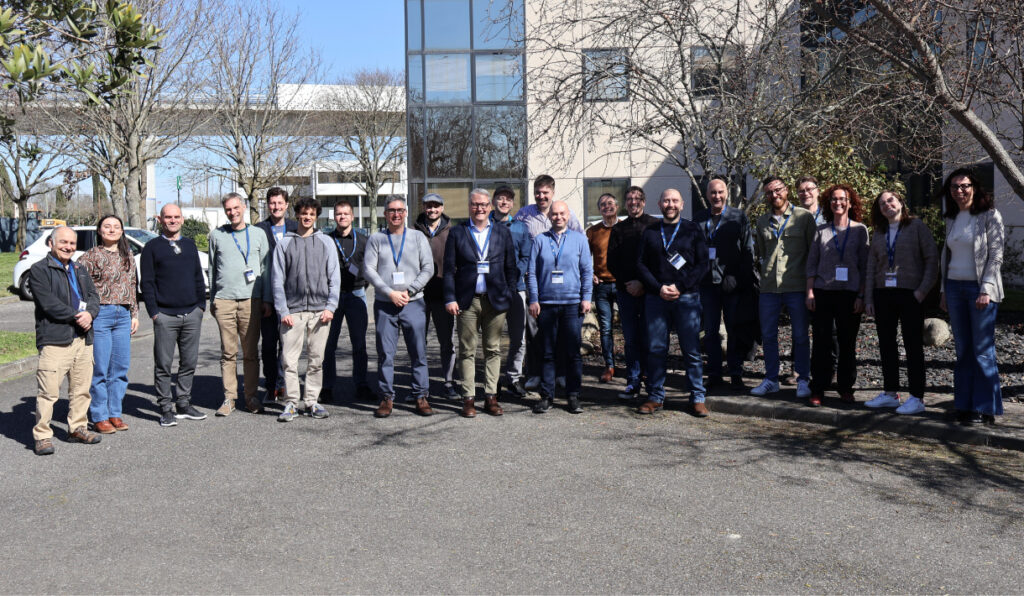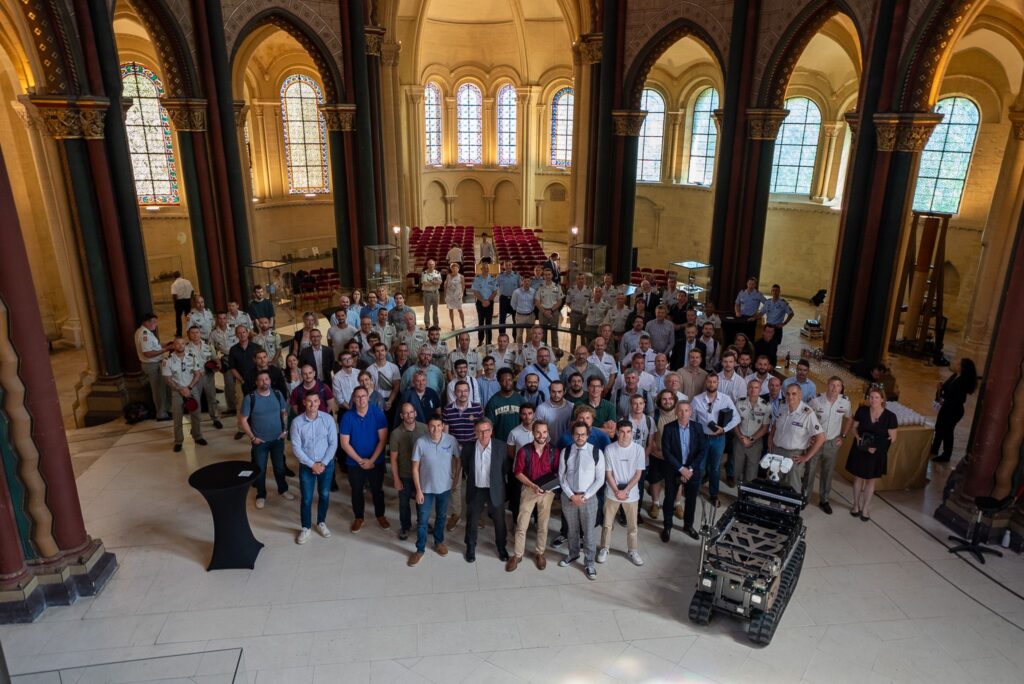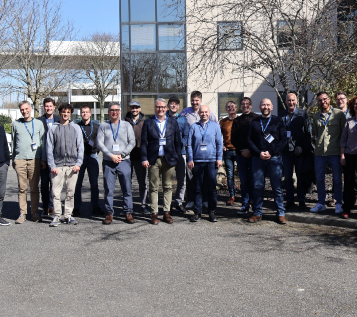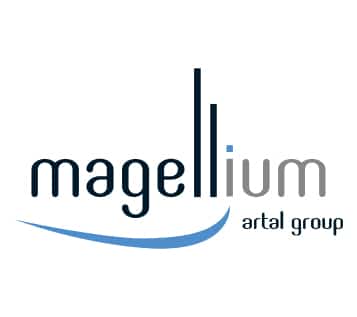Magellium Artal Group organises ESL Council for FLEX DISC project
At the beginning of March, we had the pleasure of welcoming some twenty experts from all over Europe to our premises for the ESL Council, the formal body that brings together once a year the scientists in charge of monitoring the performance of ESA's FLEX mission.

Published April 7, 2025
What are FLEX and FLEX DISC missions?
FLEX (FLuorescence Explorer), ESA's hyperspectral mission, is designed to provide global maps of the state of vegetation, calculated by observing the fluorescence generated by photosynthesis. One year ago, we were selected to be the leader of the consortium responsible for the scientific follow-up of the FLEX mission: the FLEX DISC.
ESA's FLEX DISC (FLuorescence EXplorer Data Innovation and Science Cluster) is a continuation of a previous contract to define algorithms for extracting photosynthesis information. The aim of the project is to set up the performance center for the FLEX space mission. This involves developing the operational processing chain, the tools for calibrating and monitoring the instrument's performance, and the collaborative platform enabling scientists to work and interact. The consortium brings together a total of 14 partners from different sectors: laboratories, universities and industry.
To find out more about FLEX and FLEX DISC missions, visit our dedicated project page.
ESL Council: a strategic meeting for the FLEX mission
The ESL Council (Expert Support Laboratory) is the formal body that annually brings together the scientists in charge of monitoring FLEX mission performance.
The 2-day event focused on mission progress and project opportunities. Between conferences and workshops, scientific experts discussed mission progress, advances in distributed products (L0/L1B, L1C/L2), calibration/validation activities, algorithm evolution and, more generally, scientific activities linked to the FLEX mission.
Brainstorming sessions were also held to discuss the improvement of algorithms and calibration methods, as the state of the art has not yet been consolidated. Several specific workshops were organized around product development, data calibration and validation, algorithm optimization and processing quality control. The aim is to maximize the scientific impact of the FLEX mission, control any risks and decide what action to take.
The FLEX mission: a major scientific breakthrough
The FLEX mission is of great importance to the scientific world, as it will enable us to better understand our planet and the effects of climate change on vegetation.
The FLEX hyperspectral satellite, specially developed for this mission, will generate global maps to assess photosynthetic activity, plant health and stress. Its aim is to deepen our understanding of carbon exchanges between vegetation and the atmosphere, and the impact of photosynthesis on the carbon and water cycles.
FLEX DISC therefore plays a central role in this mission, as a performance center bringing together the best European scientists. Their mission is to make the most of the raw signals to extract the most reliable information, optimize the sensor's capabilities and validate the value of observing fluorescence from space.
You can visit the FLEX page on the ESA website here.





